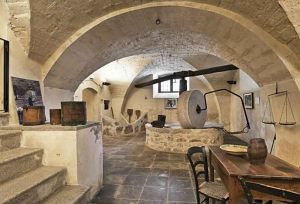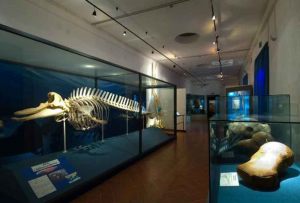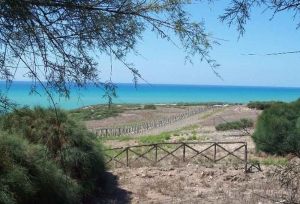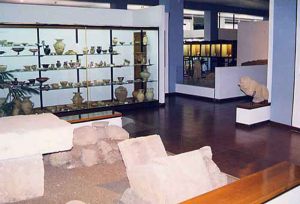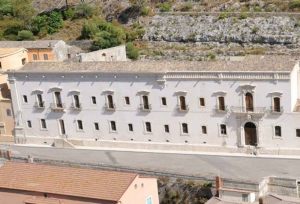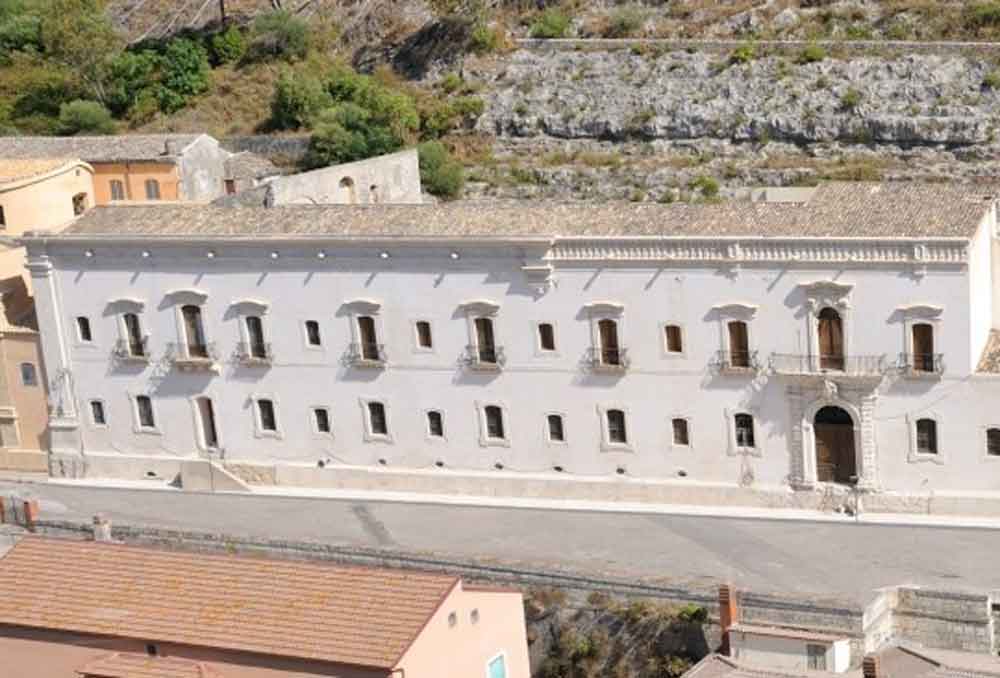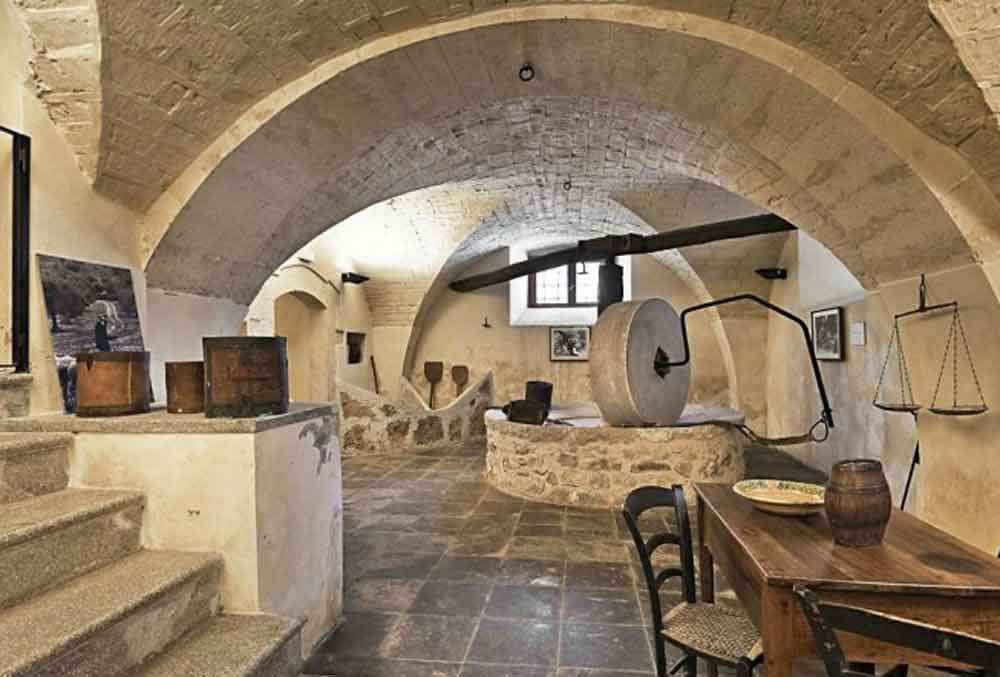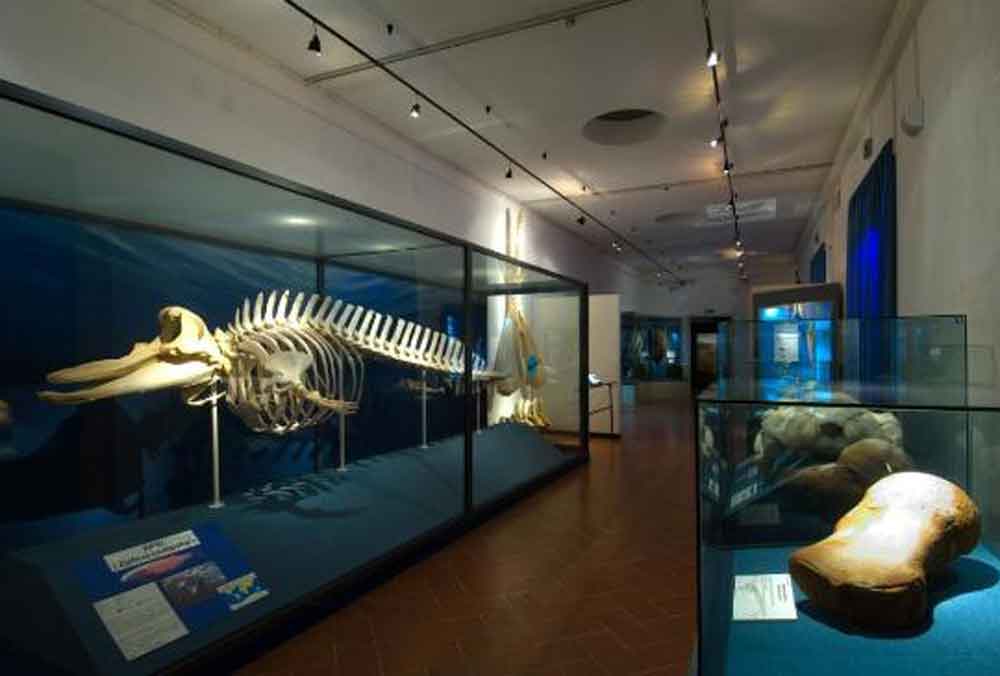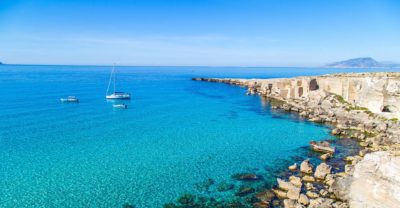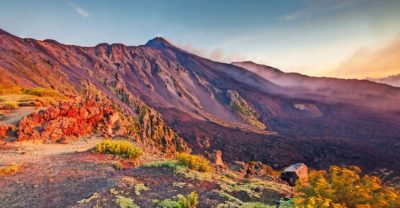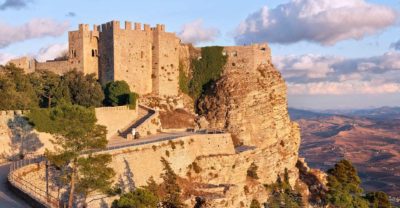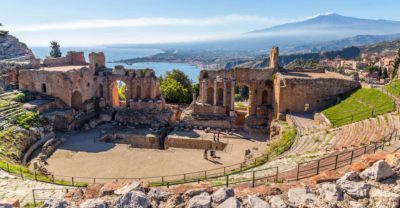Arts and culture Ragusa
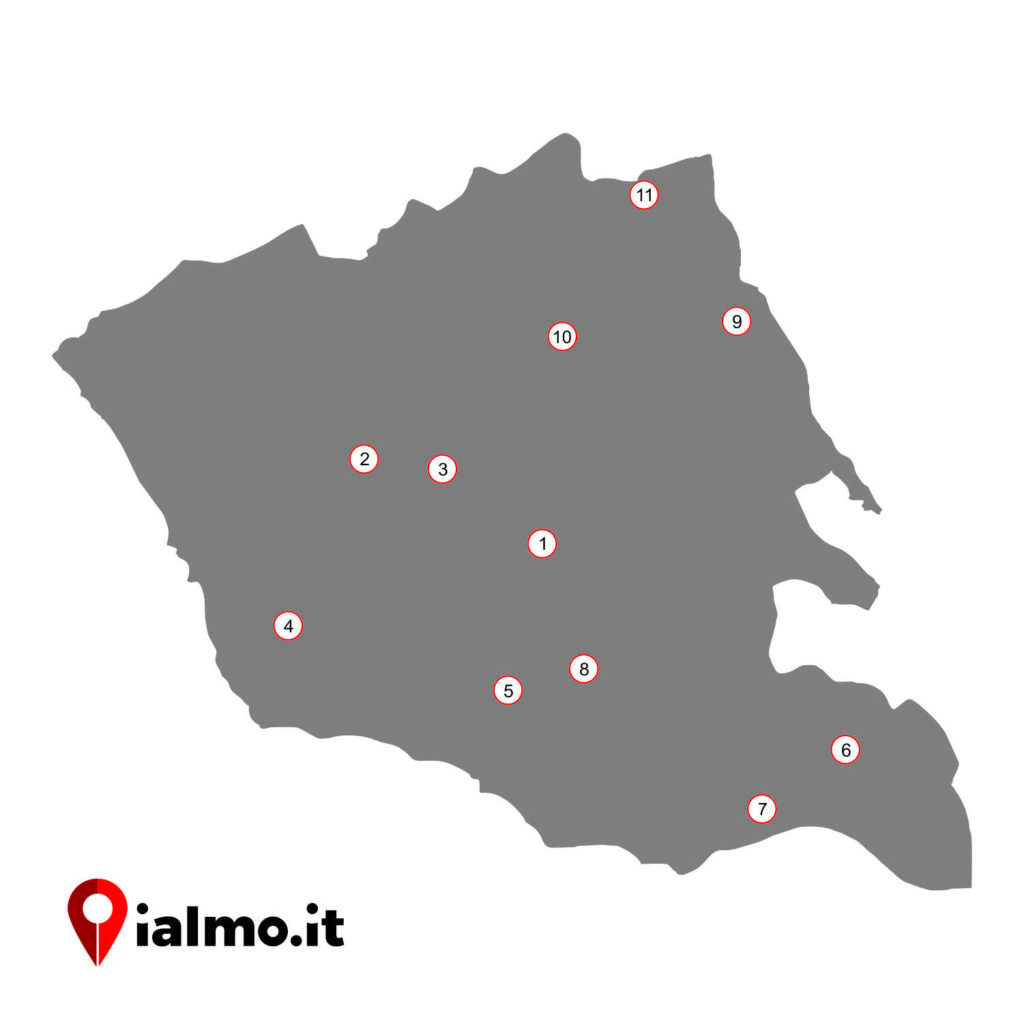
· The Hyblean archeological museum, funded in 1961, contains archeological findings of the Province of Ragusa which date to the Neolithic and even up to the late antiquity. It is located close to via Roma and it is composed of the following sections:
Prehistorical stations – Fontana Nuova;
Greeks in the province – Kamarina, Kasmenai; Sicle and classical inhabitants – Monte
Casasia, Licodia Eubea, Castiglione, Hybla Heraia; Hellenistic centers – Scornavacche,
Akrillai; Late Roman settlements – Kaukana, Grotta delle Trebacche; Collections and acquisitions. Worthy of note is the Warrior of Castiglione in the section dedicated to Sicle inhabitants, part of a necropolis of Kamarina and one of the furnaces, accurately reassembled, used to cook the clay from the site of Scornavacche.
· Museum of Local traditions, Palazzo Zacco
· Museum of Peasant time, Carmelo Cappello civic collection
· Civic museum “Italy in Africa”
· Cathedral museum
· Dome museum
· Obsculta – Benedictine Museum
· Natural museum of the asphalt mines of Tabuna and Castelluccio.
· Kamarina archeological museum, close to Scoglitti, is divided in three blocks.
The underwater block is dedicated to underwater archeology, exhibiting the findings discovered in the several wrecks such as that of the Corintian helmet (6th century BC), that of Mamertino, the wreck of the Pillars (3rd AC), that of Aphrodite (3rd century AC), the wreck of the Six emperors and the Medieval one.
East pavilion: the first pavilion is dedicated to the several prehistorical settlements (especially those dating to the Bronze age – 19th-25th century BC); in the pavilion ‘Camarina arcaica’ there are the findings furnishing the burials of the ancient necropolis of Rifriscolaro; Persephone hall is dedicated to the deities worshipped in Kamarina, among which Demeter and Kore; the hall of the Temple of Athena.
West pavilion: in the hall ‘Camarina classica’ it is represented the urban growth of Kamarina during the antiquity starting from the beginning of the 5th century BC; the hall dedicated to the necropolis of Passo Marinaro holds various funerary kits dating to the 5th and 4th centuries BC.
· The Museum of the Carob and Peasant life is inside the park of Serra San Bartolo, close to the city and fully of protected species of carob.
· Italian-Ungarian Museum, inaugurated on December 14, 1995
· The Holy Art Museum Mons. Federico La China includes also a picture gallery and other sections dedicated to vestments, sculptures and a collection of Sicilian waxes.
· Multivalent civic museum Virgilio Lavore, Castello Colonna-Enriquez.
· Multivalent museum A. Zarino.
Natural History museum, founded in 1991 in the building of the former Art School. It extends over 1.000 sq.m. and it consists of a Paleontological and a Zoologic section. As a great culture and scientific heritage, it is represented by more than 10.000 findings such as various fossils, zoological and osteological specimens, about 2.000 between naturalized terrestrial and sea animals, and some of the most important Italian collections concerning cetaceans.
Comics museum, founded in 2000 by Giuseppe Miccichè, it holds about 100.000 pieces dating to the period right before the First World War up to current days.
· Hyblean cuisine museum
· Costume museum
· Caves-museum “A rutta di Ron Carmelu”, cave site of Chiafura
· Artistic Nativity scene of the Marineo brothers, Grotta di Santa Maria La Nova
· Artistic Nativity scene of the Caruso family.
Antiquarium of Parco della Forza, placed in the lower part of Cava Ispica, it holds findings dating from the first half of the Bronze age and 1693.
Exhibition spaces inside civic palaces such as Villa Tedeschi, Villa Grimaldi and Giorgio La Pira Palace.
· The Mercedarian convent (18th century) hosts the Auditorium, the civic library and the civic museum which from 1978 contains also a ethnographic section: the Hyblean museum of Folk Arts and Traditions.
· The Former Benedictine Monastery (16th-19th century), now Palace of Culture, hosts, beside municipal offices, the Anthropological civic Museum where, hold in a glass case, it is possible to admire the bronze statue of Heracles Cafeo, dating to the 3rd century BC. One of the chambers of the Palace of Culture hosts a pictures collection belong to Salvatore Quasimodo.
· Museo a Cielo Aperto (Open-air museum): founded in 1997 it runs through the most ancient streets, the most distinctive stairs between via Galieli and via Mentana.
It is composed of about 20 spaces where country life scenarios have been replicated as they were between 1700 and 1900. The farm, the tailor’s, the peasants’ houses, the smithy, alongside with all the instruments and traditional clothing. The familiar environment, kingdom of the housewives, with the tools they used such as u scaniaturi, a maidda, a sbriula, u circu ra conca, all tokens of the past local economy and society.
· Museum of the Hyblean immigration, a great photographic exhibition of the migrations of the Hyblean citizens abroad, with a section dedicated to the catastrophe of Marcinelle.
· Permanent exhibition of archeological records at Palazzo Barone: exhibition of findings from the archeological sites of the area.
· The Oil museum holds a press dating to 1600 and all the ancient instruments used for the extraction process.
· The Museum of embroidery and Sicilian drawn thread work holds numerous vintage drawn works and also a wooden embroidery frame
· The Museum of Military historic relics contains more than a thousand records of Italian military history, collected by Emanuele Gulino
· The Museum of Holy art consists of three different sections dedicated to rites, art, painting, ceramic decoration.
· Ornithological museum, a significant exhibition collecting 600 specimens among which some extinct or rare species such as the northern raven and the snowy owl.
· The Museum of the Musical and Ethnic instruments contains rare instruments such as two Tibetan flutes made out of human shinbones.
· The Picture gallery Giovanni De Vita holds the works of the artist and it was donated to the local community by his family.
· Liberty House-museum, entirely furnished with vintage works designed by artists such as Renè Lalique, Legras, Calderoni, Basile and Zen.
Civic museum, Piazza San Giovanni at Palazzo Cocuzza.
